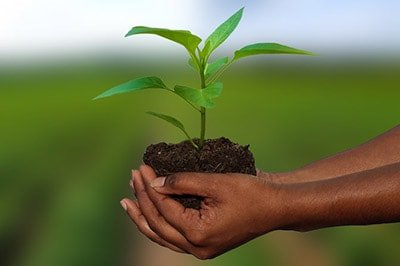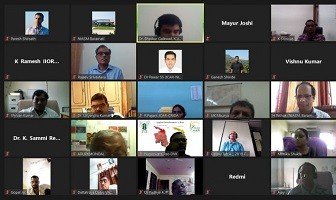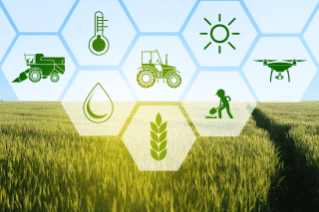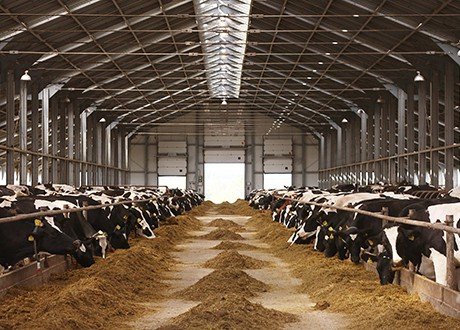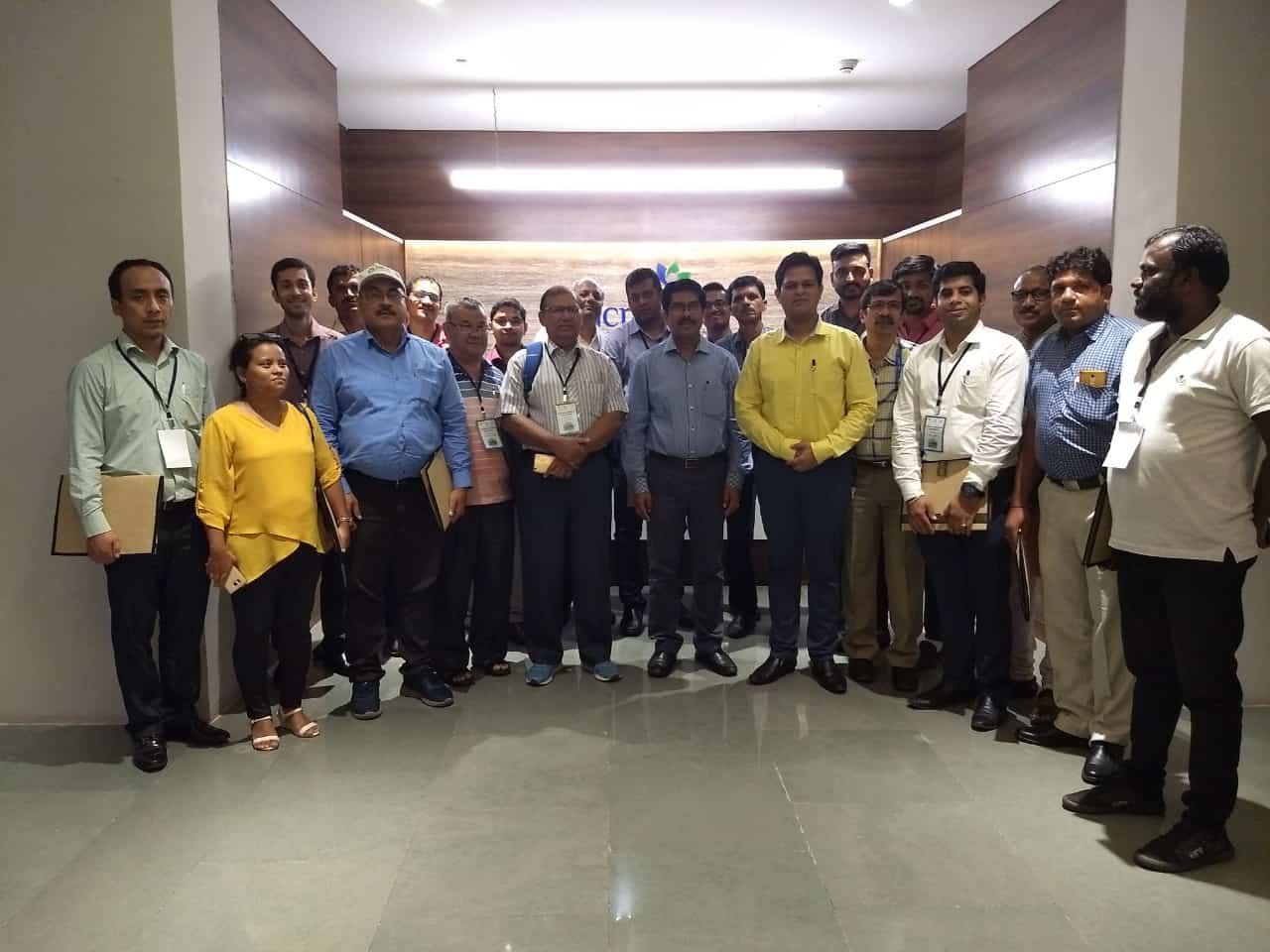Acardia Biosciences acquires Industrial Seed Innovations
The deal aims to accelerate the commercialization of its hemp-related breeding platform
Arcadia Biosciences, Inc. announced it has completed the purchase of Oregon-based Industrial Seed Innovations (ISI) specializing in organically grown, high CBD feminized hemp seed and seedlings.
With this acquisition, ISI’s portfolio of strong performing, federally compliant hemp varieties have become part of Arcadia’s GoodHemp line of hemp seeds, transplants and extracts. ISI’s popular Umpqua and Rogue seed varieties each bring unique and highly desirable characteristics to further differentiate Arcadia’s GoodHemp catalog.
“We are carefully designing our seed portfolio to respond to the unique challenges hemp growers face across the U.S. based on climate, geography and both state and federal regulations,” Arcadia CEO Matt Plavan says. “With these new varieties, we will have an even more robust catalog of seed solutions, as well as the field knowledge of ISI’s talented team.”
The deal solidifies Arcadia’s plans to accelerate the commercialization of its hemp-related breeding platform and establish a research and development facility in the Pacific Northwest, a key hemp production area.
In order to service existing ISI customers and Arcadia’s growing cohort of elite hemp cultivators, the company has deployed a multigenerational team of five regional GoodHemp sales agronomists to support existing growers and expand Arcadia’s seed offerings to new territories. This includes states with recent USDA-approved hemp plans including Florida, Arizona, Minnesota, Texas and Mississippi.
The deal aims to accelerate the commercialization





